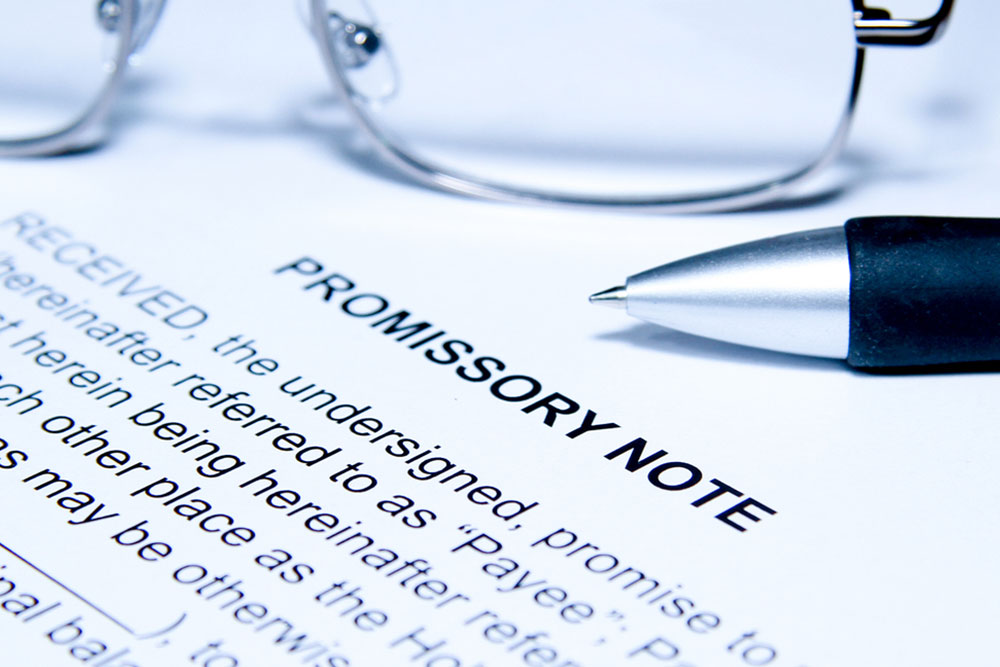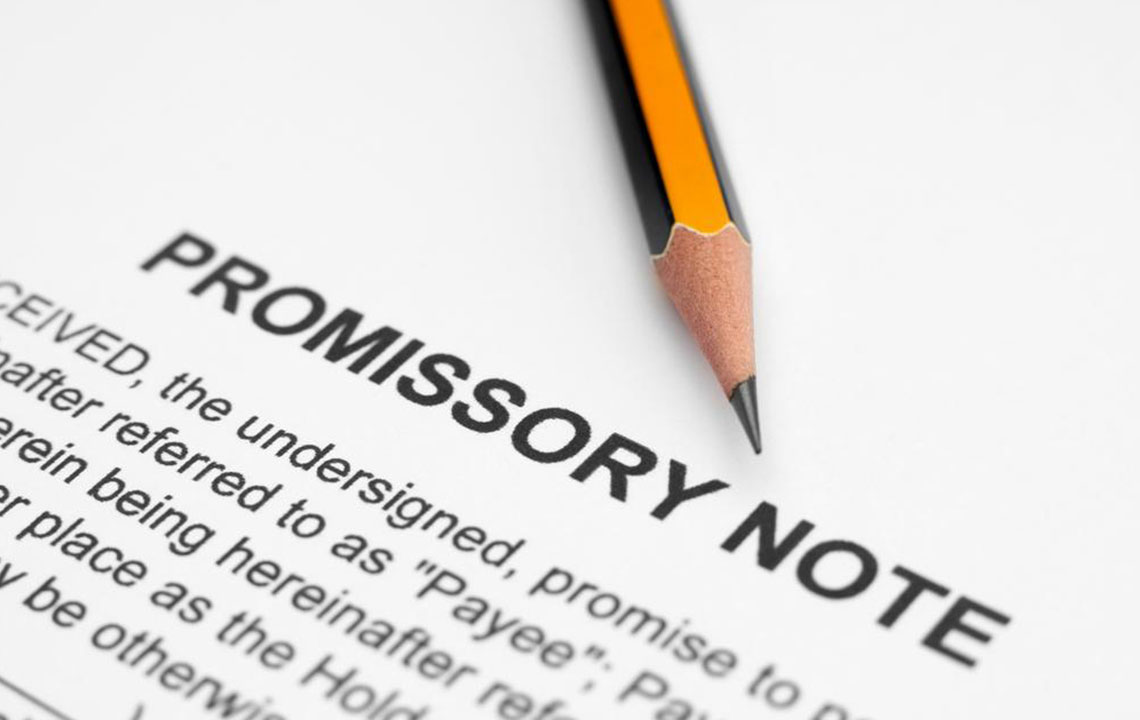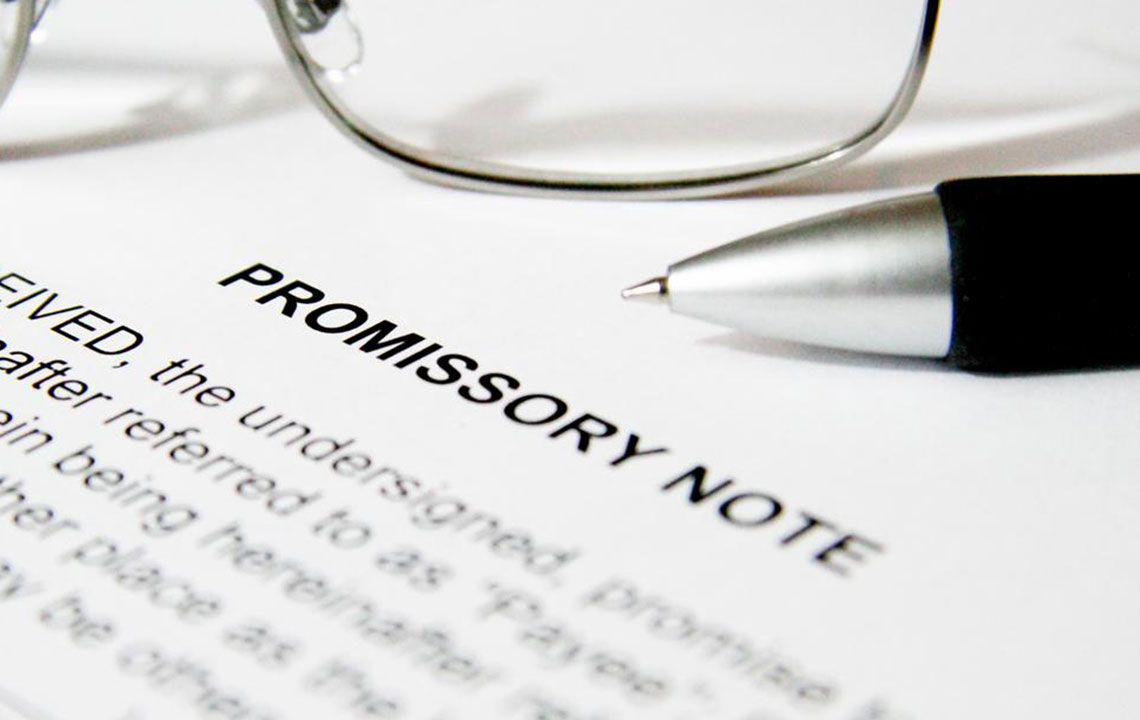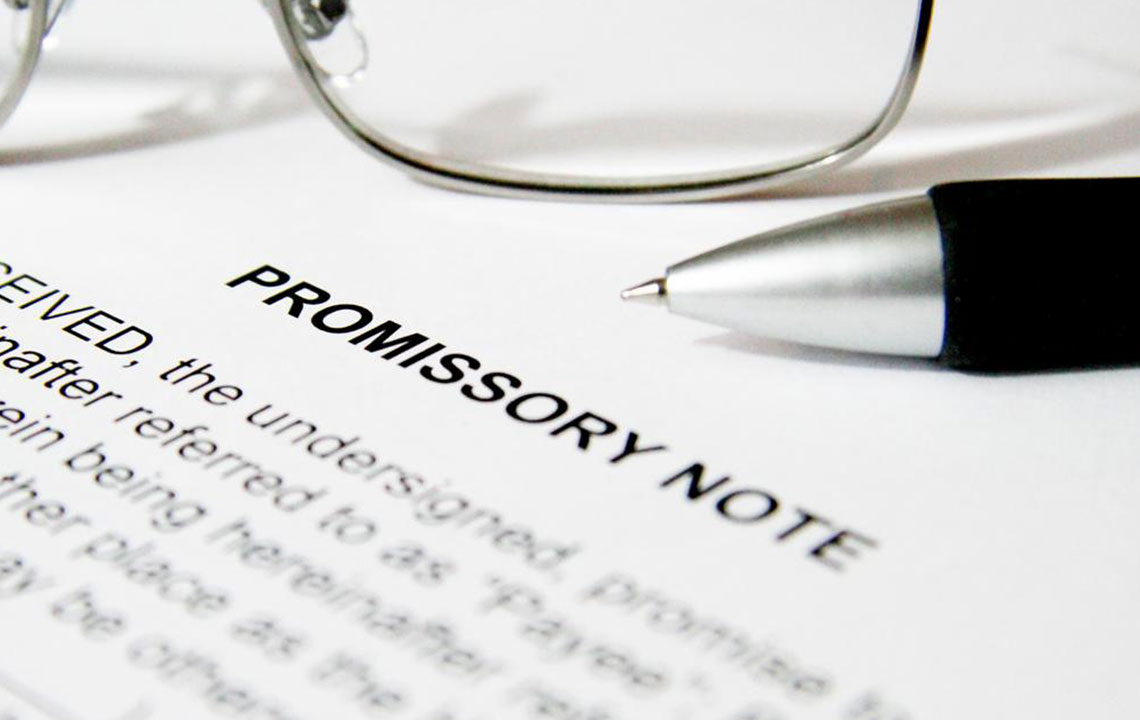Essential Elements to Include in a Promissory Agreement
A promissory agreement is a vital legal document outlining the repayment terms between a lender and borrower. It should clearly specify the involved parties, loan amount, interest rate, repayment schedule, default consequences, and additional clauses. Properly drafting these elements ensures enforceability and clarity, providing legal protection for both parties. This comprehensive guide covers the key components necessary for creating an effective promissory agreement, helping to prevent misunderstandings and legal disputes.
Sponsored

Key Components of a Promissory Agreement
A promissory agreement is a legally enforceable document that establishes the terms between a lender and a borrower. It serves as a formal promise to repay a specified loan amount along with interest within a designated timeframe. To be comprehensive, a promissory agreement should address six critical questions outlined below.
Identify the Parties Involved
The agreement must specify who is lending (the lender) and who is borrowing (the borrower). Confirm applicable state laws to determine whether signatures from both parties are required. Typically, only the borrower signs, but having both signatures enhances validity.
Loan Amount and Interest Rate
The document should clearly specify the principal sum borrowed and the applicable interest rate.
Repayment Method
The agreement must detail how repayments will be made, whether in installments, a single payment, or on demand.
Repayment Schedule
A specific repayment due date should be listed. The borrower agrees to settle the principal and interest by or before this date.
Default and Penalties
The agreement acts as legal evidence if the borrower defaults. If notarized, the lender can pursue legal action, including recovering attorney costs and related expenses.
Additional Clauses
Other essential provisions can include acceleration clauses, amendments, collateral details, governing law, late fees, prepayment rights, and transfer rights.





